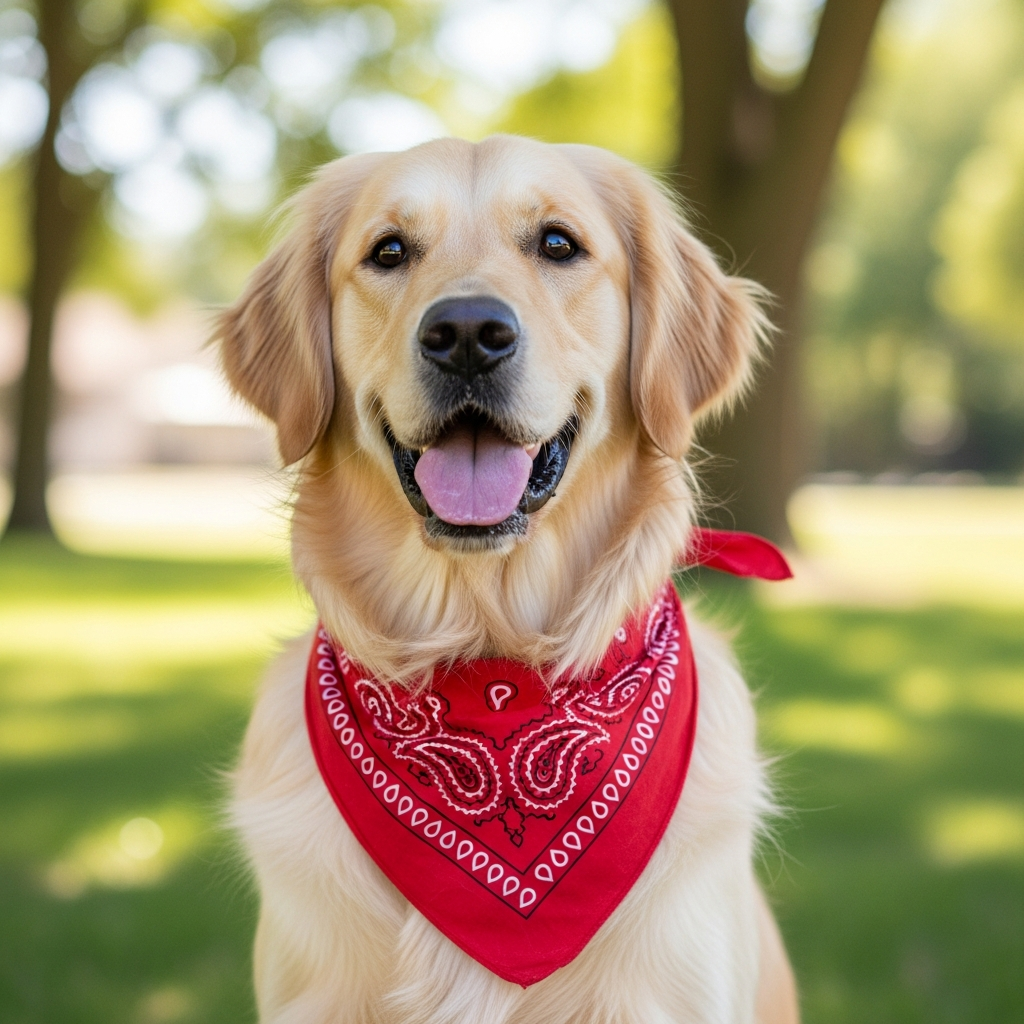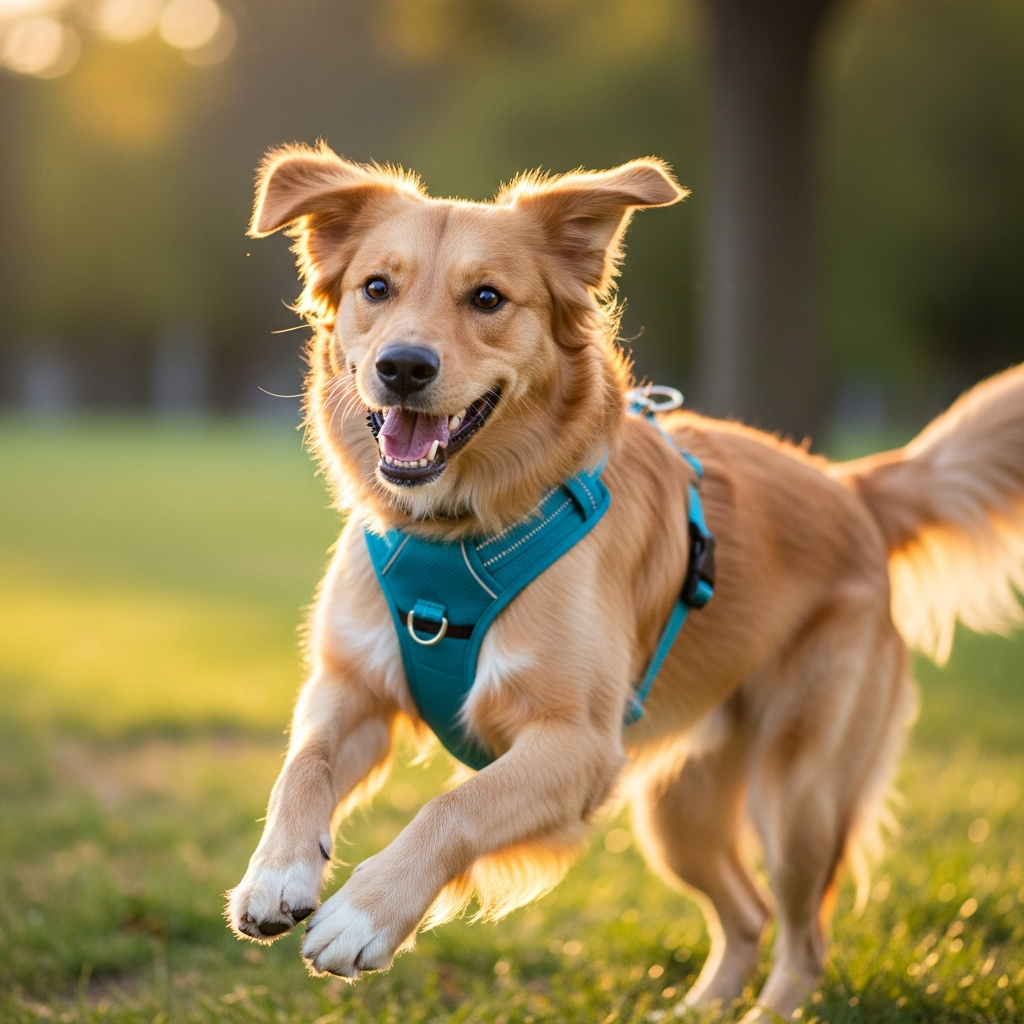Training your dog can be a real challenge. You feel stuck when they pull, lunge, and ignore your commands. A good harness is a training tool that gives you back control.
A dog harness helps training by providing better, safer physical control and by preventing unwanted behaviors. No-pull harnesses, in particular, stop the self-rewarding habit of pulling by redirecting the dog's focus back to you, creating more opportunities for positive reinforcement and learning.
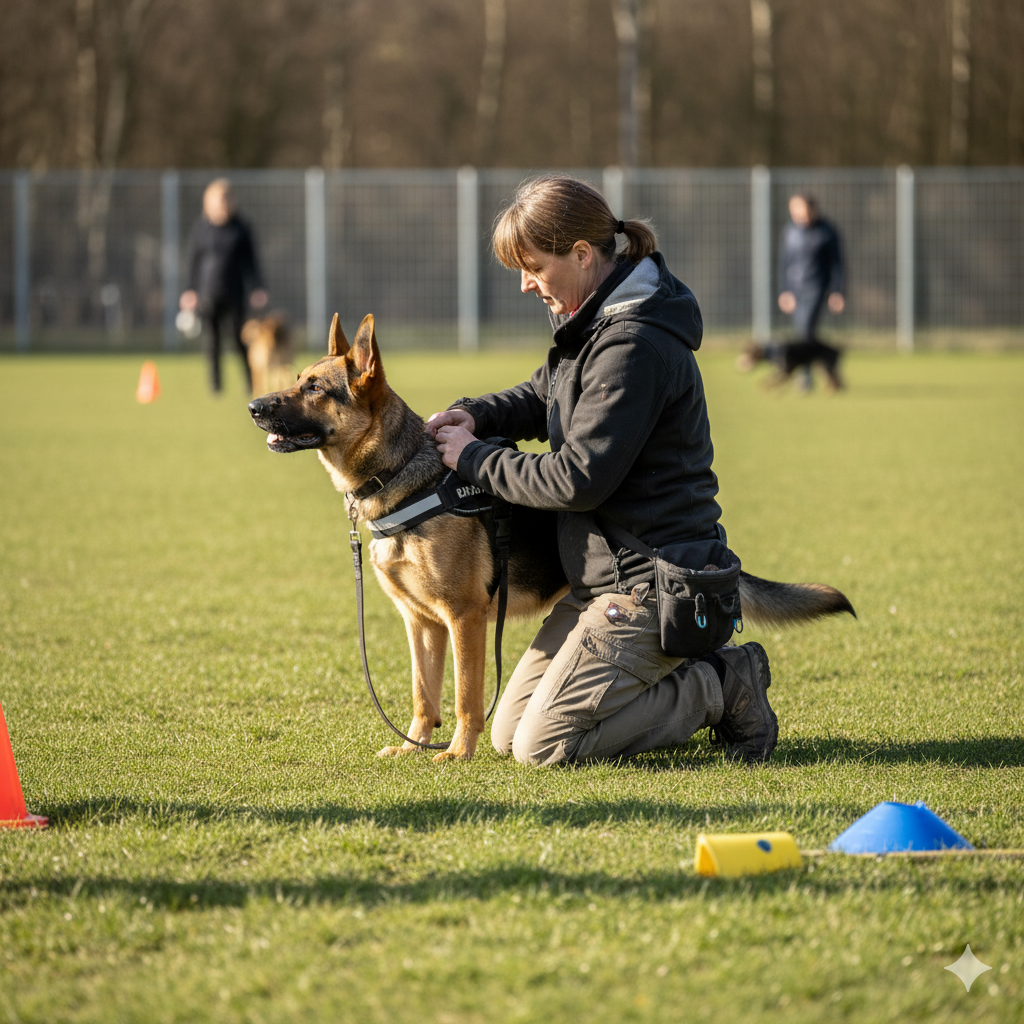
Many people buy a harness hoping for an instant fix to their dog's pulling. As a product designer, I see harnesses not as a magic solution, but as a brilliant piece of communication equipment. They are a tool, and like any tool, you need to know how to use them effectively. When you combine the right harness with positive training techniques, you can change the dynamic of your walks entirely. It helps you manage your dog's behavior safely, which sets both of you up for success.
How Do No-Pull Harnesses Teach Better Leash Manners?
Your arm aches from your dog constantly pulling you down the street. Teaching them to walk politely on a leash feels like an impossible dream. But you want a kind, effective solution.
A no-pull harness teaches better leash manners by making the act of pulling ineffective. When your dog pulls, the front leash attachment gently turns their body back towards you. This stops their forward motion and breaks their focus, encouraging them to check in with you instead.
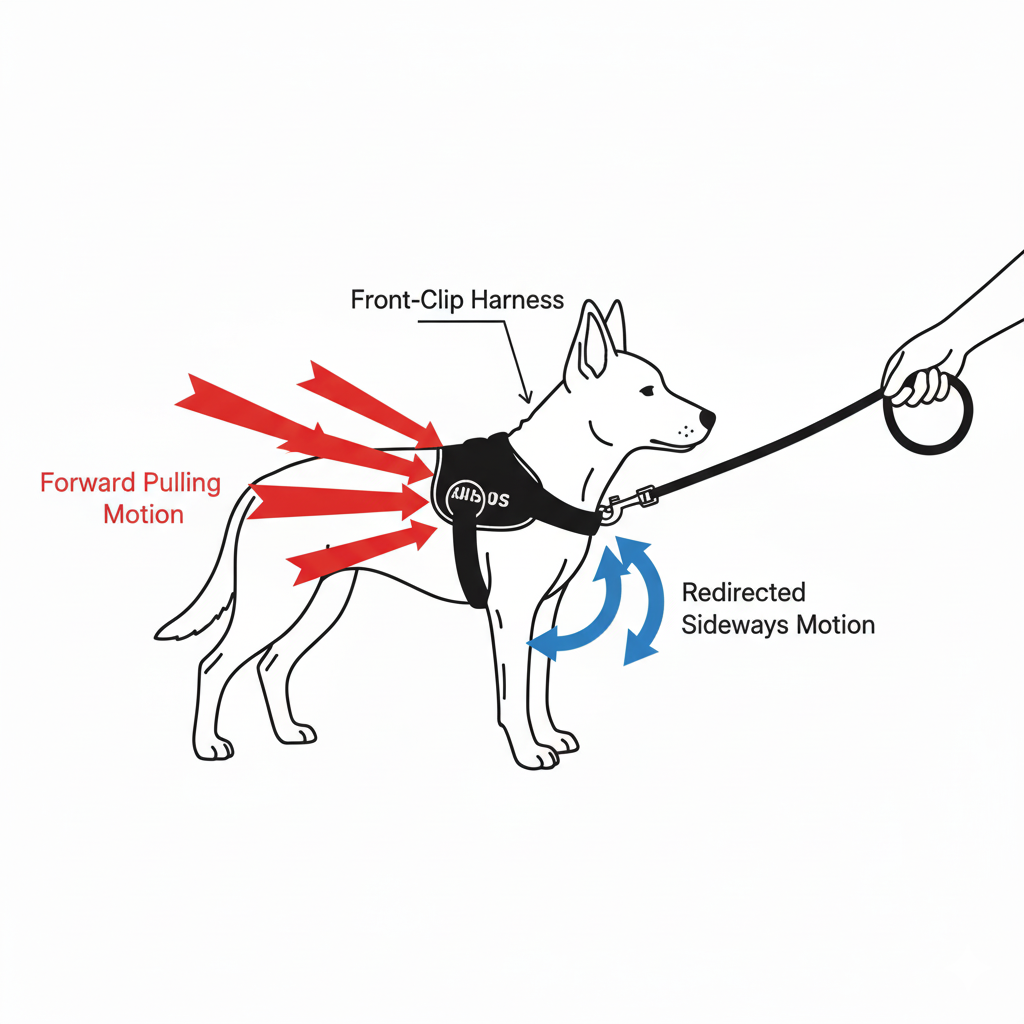
The secret is simple physics. A standard back-clip harness can actually trigger a dog's "opposition reflex," their natural instinct to pull against pressure. That's why sled dogs are hooked up from the back. A front-clip harness changes the point of leverage completely. Instead of letting them charge forward, their own momentum guides them into a turn. This isn't painful; it's just a gentle, consistent redirection.
I worked with a brand that was developing a new no-pull harness. Our biggest focus was creating a "teachable moment." The harness’s job is to interrupt the pulling. The owner's job is to use that moment to reward the dog for turning its attention back to them.
Comparing Common Training Tools
| Training Tool | How It Works | Best For |
|---|---|---|
| Front-Clip Harness | Redirects forward momentum from the chest | Most pullers, general leash training |
| Head Halter | Steers the head, where the head goes the body follows | Very strong pullers, requires careful conditioning |
| Martingale Collar | Gently tightens to prevent slipping off | Dogs with narrow heads like Greyhounds |
The harness doesn't do the training for you. It stops the dog from practicing the bad habit of pulling, which then gives you the space to teach the good habit of walking politely by your side.
Can a Harness Help Manage a Reactive or Nervous Dog?
Your heart pounds when you see another dog approaching. You know your dog is about to lunge and bark, making walks stressful and embarrassing. You desperately need more control.
Yes, a harness gives you better control to safely manage a reactive dog. It allows you to guide your dog away from a trigger without putting painful pressure on their neck, which can actually make their fear and reactivity worse.
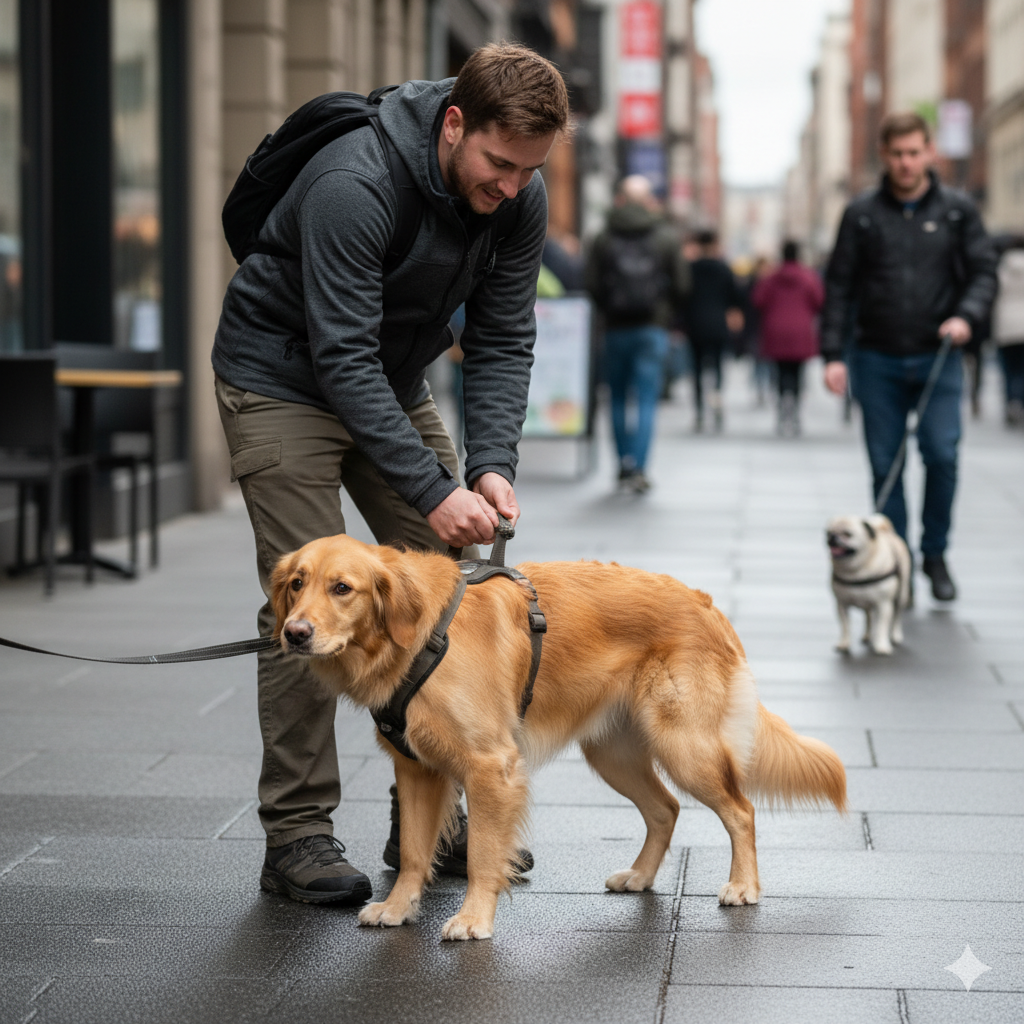
This is one of the most critical safety aspects of harness design. When a dog on a collar lunges, the handler often jerks back. The dog feels a sharp pain in its neck right as it sees the other dog. Over time, the dog can learn to associate that pain with other dogs, making the reactivity even more intense. It's a dangerous cycle. A harness with a chest and back clip distributes that pressure safely. You can use a double-ended leash attached to both points for maximum control, like power steering for your dog.
Many harnesses designed for this purpose also include a handle on the back. This isn't for tying your dog up; it’s an emergency brake. It allows you to get a secure, immediate hold on your dog to prevent them from lunging or to lift them out of a bad situation.
Features of a Good Reactivity Management Harness
| Feature | Design Purpose | Why It Helps Training |
|---|---|---|
| Front D-Ring | Redirects forward motion and lunges. | Gives you steering control to move your dog away. |
| Back D-Ring | Standard leash walking point. | Can be used with a double leash for extra security. |
| Padded Handle | For immediate, close control. | Allows you to safely restrain your dog in an emergency. |
| Secure, Adjustable Fit | Prevents dog from backing out and escaping. | Builds your confidence knowing the dog is secure. |
By using a harness, you avoid causing your dog pain. This helps keep them below their stress threshold, which is where real learning and behavior modification can happen.
Is a Harness Better Than a Collar for Puppy Training?
You just brought home a new puppy and want to start training right away. Their little body seems so fragile, and you worry a collar might be too harsh for their first walking lessons.
A harness is absolutely the better and safer choice for puppy training. It protects your puppy’s delicate, still-developing neck and throat from potential injury caused by pulling or sudden movements. It also creates a positive first impression with leash walking.
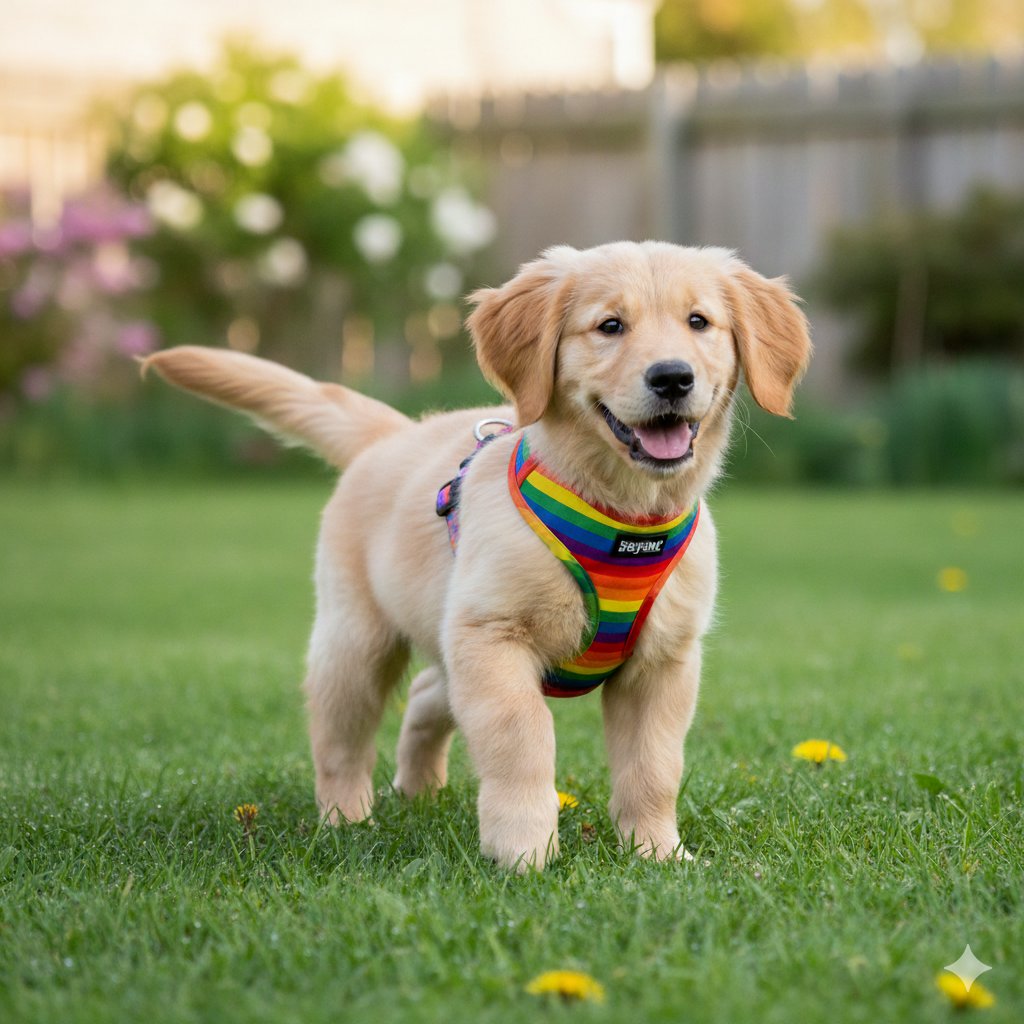
Everything is a new experience for a puppy, and your goal as an owner is to make as many of those experiences as positive as possible. The first time a puppy feels leash pressure can be scary. On a collar, that pressure is a choking sensation. On a harness, it's a gentle hug or pressure on their chest. This difference is huge. A bad experience can make a puppy fearful of the leash for a long time.
From a design standpoint, adaptability is the biggest challenge for puppy harnesses. Frank, you'll appreciate this—puppies grow incredibly fast. A harness that fits one month might be too small the next. That's why designs with multiple points of adjustment are so important. I've even seen some innovative modular designs where you can swap out parts as the puppy grows.
Puppy's First Walking Gear Checklist
| Item | Key Consideration | Purpose in Training |
|---|---|---|
| Lightweight Harness | Must be highly adjustable and not bulky. | Ensures comfort and a positive first experience. |
| Lightweight Leash | Avoid heavy clips and thick material. | Prevents the leash's own weight from pulling on the puppy. |
| High-Value Treats | Small, soft, and extra yummy. | For rewarding the puppy for wearing the gear and walking. |
| Positive Attitude | Keep sessions short and fun. | Builds the puppy's confidence and love for walks. |
Starting with a harness helps you teach your puppy good habits from day one, all while keeping them safe and comfortable.
Conclusion
A harness is a valuable training tool, not a shortcut. It provides safe control, stops pulling, and helps you and your dog communicate better, turning training sessions into successful, positive experiences.
Cindy Long is the Sales Manager of Raysunpets and a pet lover with over 12 years of experience in exporting pet products. She specializes in providing customized dog chest carriers, leashes and pet accessory solutions for the European and American markets, always focusing on the real needs of customers and pets, and is committed to creating high-quality, practical and comfortable products that allow fur kids to live happier lives.

